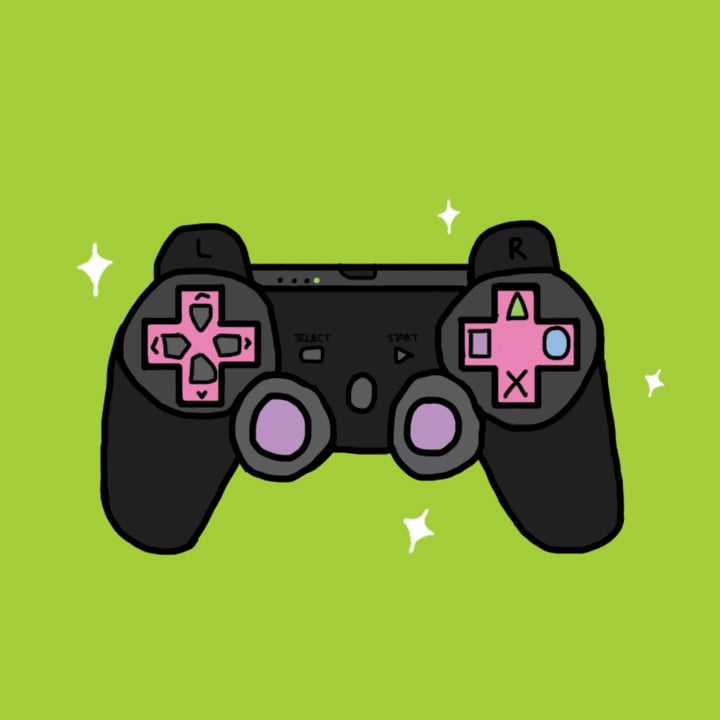The video game console scene these days is quite settled, boring even. Sony and Microsoft have a stranglehold on the market, with the PlayStation enjoying a healthy lead on the Xbox. And then you have Nintendo doing their own thing with the Switch on the handheld segment, despite the rise of mobile gaming.
All this is a far cry from the early decades of video game consoles. Consoles had some crazy innovations in the 1970s, ‘80s, and ‘90s, as the designers were experimenting quite a lot. Naturally, the technology was also quite primitive in terms of computing power, graphics, and display, resulting in some extra weirdness.
These are some of the vintage gaming consoles that never made it to the big leagues in the cut-throat video games market. Some were from small brands while others are from the big names we still see churning out consoles and games today.
Fairchild Channel F
Despite being the first home console to use cartridges and a microprocessor, the Fairchild Channel F failed in the console market. Pitted against the legendary Atari 2600 (home of Pacman), the Channel F ended up decidedly second-best.
Before the Fairchild, other consoles like the Magnavox Odyssey came with games built-in, which severely limited choice as well as graphics quality. The Channel F came with two built-in games and a library that eventually expanded to include over 26 games.
The cartridges for these games were called “videocarts” and had games like Tic Tac Toe, Space War, Spitfire, and Shooting Gallery. Though it had a decent list of games, the Fairchild Console could not match Atari’s popular arcade games.
And the controllers were also decidedly poor quality, breaking rather quickly. The F in Channel F stood for “Fun.” The fun stopped for Fairchild in 1983 as sales declined and they ended production after a six-year run that started in 1976.
Radica Games Consoles
The modern handheld consoles like PSP, GameBoy, and Switch are designed to play many different games. But in the past, we had consoles that were basically one-trick ponies – they only came with one or a few handfuls of in-built titles.
Radica Ltd is a name that many who were kids in the 1980s and 90s may not remember. Though not as famous as Sega or Nintendo, the US manufacturer was quite prolific in the handheld consoles market, mass-producing devices between 1983 and 2006.
Though they became famous for consoles that carried titles from the biggest brands like Sega and Taito, Radica actually started in the gambling business. The company initially launched collectible game consoles for casinos.
These had classic games like Blackjack 21, Poker, and Solitaire. Though thoroughly outdated by modern standards, the vintage feel of the games does make Radica consoles great from a nostalgic POV. Online variations have been designed to model modern blackjack tables as found in top land-based casinos.
Radica did not do anything innovative in the design department. Their consoles largely copied the design set by others. The company was eventually acquired and fully absorbed by toy giant Mattel in 2006.
The Vectrex
We take screens for granted these days – be it on handheld consoles or mobile phones. But there was a time when consoles had to depend entirely on an outside video output source (and they still do for PS5 and Xbox Series X).
The Vectrex was an idea that came far too soon – in an era when screens were still bulky, monochrome, and highly pixelated. Launched in the early ’80s, the Vectrex came bundled with its display, which was like a mini-TV.
The display was black and white, with a series of plastic color overlays that you could place on the screen to make the objects look red, green, or blue. Though it had way better graphics than contemporary consoles, thanks to vector graphics instead of bitmaps (smooth lines), the console was ultimately a failure.
For one, it was incredibly expensive. And the allure of not needing a TV for gaming was not huge in those days, especially as this was not a portable device. It was one of the major casualties in the great market crash of the video game industry in 1983.
Virtual Boy
Virtual Reality is a cutting edge technology that holds a lot of promise in gaming. Yet in 2021, it is still a niche in the video games landscape – a fast-growing one at that, but still in need of evolution. So you can imagine how primitive a VR-based console must have been way back in the 1990s.
Launched by Nintendo in 1995, Virtual Boy was a good 20 years ahead of the technology. The 3D game system came with a cool VR headset and a connected controller, and games in full monochrome glory.
Yes, Virtual Boy games had to be enjoyed in red, as the hardware was not capable of outputting in any other colors. It had a real “Terminator vision” vibe to it, which was probably intentional given how popular those movies were back then.
The hardware was quite bulky, with the headset being quite cumbersome. And it was also quite notorious for causing headaches and eye strain to users. The one major game available on the Virtual Boy was Mario’s Tennis.
Though the stereoscopic 3D was quite impressive for its time, the console was widely panned by critics and users. It was a commercial failure as well, due to insane pricing. Nintendo did try to make it more appealing by dropping the prices but to no avail. The Virtual Boy sank without a trace.






